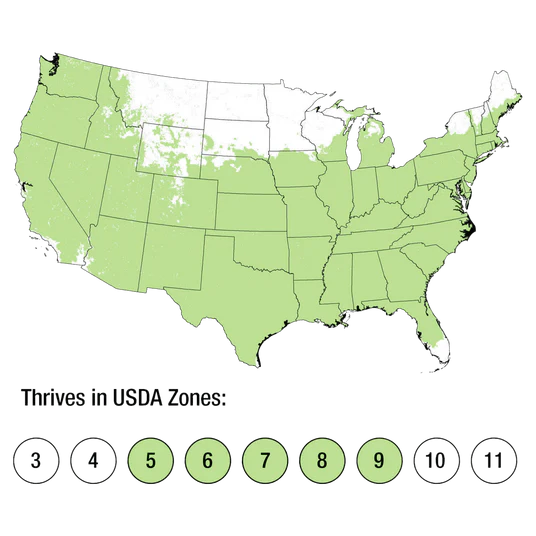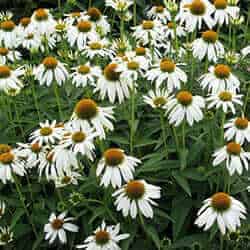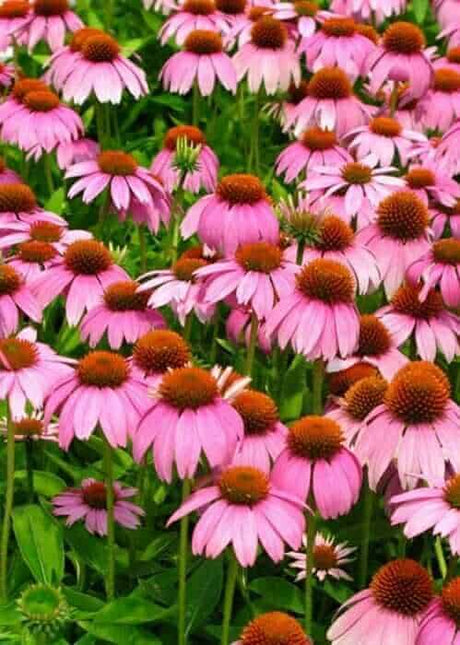'Goldstrum' Black Eyed Susan Rudbeckia
'Goldstrum' Black Eyed Susan Rudbeckia - 2.5 Quart is backordered and will ship as soon as it is back in stock.
Couldn't load pickup availability
Description
Description
When you think of a lively, spirited garden, the Rudbeckia Goldsturm, or Black-eyed Susan, often comes to mind. This popular perennial possesses the unique ability to energize any garden with its radiant yellow flowers.
Standing 2 to 3 feet tall, the Rudbeckia Goldsturm adorns your garden with daisy-like flowers, dark brown centers, and golden-yellow petals. This remarkable plant is native to North America, flourishing in various landscapes and making it a perfect choice for your garden borders, mass plantings, or as a centerpiece.
A standout feature of the Rudbeckia Goldsturm is its lengthy blooming period. From mid-summer to early fall, your garden will be awash with a sea of yellow flowers, attracting butterflies and bees.
This plant is known for its resilience, thriving in dry or xeriscape gardens thanks to its drought tolerance. It also thrives in heat and humidity, making it adaptable to various climates.
Black-eyed Susans love the sun but can also handle partial shade. It adapts to different soil types, including clay and sandy soils. Although it requires regular watering initially, once established, it needs minimal watering, making it a low-maintenance option for your garden.
Caring for Black Eyed Susan Rudbeckia
Pruning and Maintenance
Deadhead the spent flowers on your Black Eyed Susan to prolong its blooming period. Simply cut back the faded flowers to the nearest set of leaves or stems. Deadheading encourages the plant to produce more blooms. To promote new growth, you can prune the plant to about 6 inches above the ground in late fall or early spring.
Watering and Fertilizing
While the Rudbeckia Goldsturm is known for its drought tolerance, it still needs regular watering, especially during dry periods. Water deeply once a week, allowing the soil to dry out slightly between waterings. Overwatering can lead to root rot, so be mindful. Fertilize the plant in early spring with a balanced slow-release fertilizer to encourage healthy growth and plenty of blooms.
Care & Use
Care & Use
Spacing Recommendations
Spacing Recommendations
-
Scientific Name
-
Hardiness Zone5, 6, 7, 8, 9
-
Sun ExposureFull Sun to Part Shade
-
Evergreen or DeciduousDeciduous
-
FeaturesAttracts Birds / Butterflies, Drought Tolerant, Fast Growth, Flowering, Sun Loving
-
Feature ColorYellow
-
UsesAccent, Border, Cut Flowers, Mass Planting, Mixed Garden Bed, Xeriscaping
-
Water NeedsMedium
-
Bloom SeasonSummer, Fall
Growing Zones : 5, 6, 7, 8, and 9





